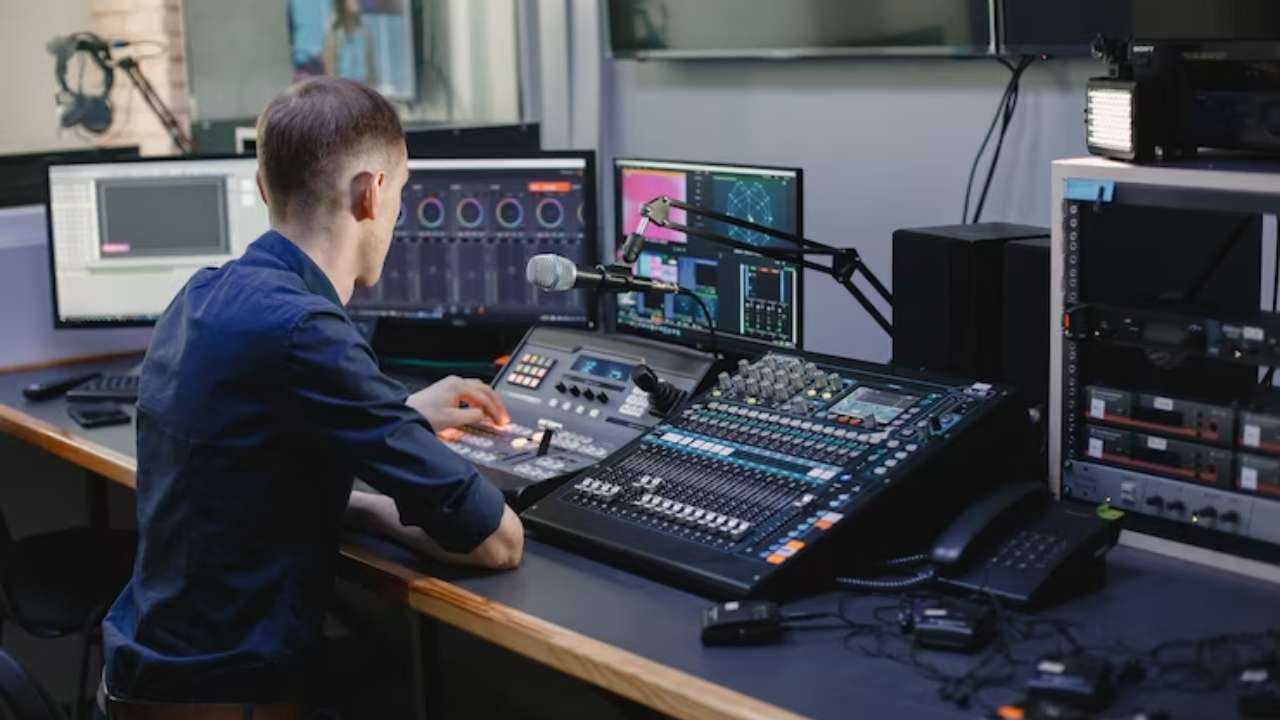Transforming Broadcasting through Cutting-edge Sound over IP Solutions for a Integrated Future
Transforming Broadcasting through Cutting-edge Sound over IP Solutions for a Integrated Future
Blog Article
The world of broadcasting is undergoing a significant transformation thanks to cutting-edge sound over IP (AoIP) solutions. Such advancements are revolutionizing the way audio programming is produced, delivered, and consumed. Audio over IP refers to the approach of sending audio signals over a digital network, utilizing Internet Protocol (IP) rather than traditional analog methods. This transition not only improves the standard of audio transmission but also offers media professionals with greater flexibility and control over their content.
One key benefit of audio over IP systems is its ability to connect multiple devices and systems efficiently. Classic broadcasting frequently relied on complex cabling and physical connections, which could be burdensome and limited. With AoIP, broadcasters can easily interface microphones, mixers, and additional equipment through a shared infrastructure. This integration allows for off-site broadcasting and live streaming from almost any place, making it easier to connect with audiences across the globe. As a consequence, broadcasters can respond quickly to ongoing events and audience requests, leading to more dynamic and captivating content.
Moreover, AoIP systems supports high-quality audio formats that improve the auditory encounter. Unlike traditional broadcasting techniques, which may diminish sound standards, audio over IP can preserve the integrity of the audio signal throughout the delivery procedure. This implies that listeners can experience crisper and richer sound, whether they are tuning in via radio, streaming over the internet, or employing portable devices. The capability to provide premium audio is particularly crucial for musical and talk shows, where every detail matters to the listeners.
Moreover, the implementation of audio over IP technologies can lead to financial efficiencies for media companies. By leveraging existing infrastructure systems, companies can remove the need for costly hardware Look At This and large-scale cabling. This not only lowers initial costs but also lowers maintenance costs over time. Media firms can distribute resources more effectively, focusing on content creation and human resources growth. As a consequence, the entire media industry can gain from enhanced innovation and creativity, as financial resources are reallocated toward improving programming and interacting with listeners.
In conclusion, the shift towards audio over IP technologies is transforming the broadcasting landscape. By enabling seamless links, improving audio standards, and lowering costs, AoIP is clearing the path to a better integrated future in broadcasting. As media organizations continue to adjust to these developments, they will be better equipped to meet the needs of their listeners, produce captivating programs, and stay competitive in an constantly changing industry. The prospects of broadcasting is promising, and audio over IP will take a crucial role in shaping how we experience audio content in the future to follow.